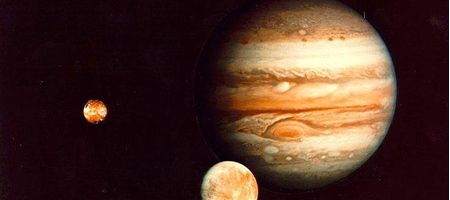Solar systems with so-called hot Jupiters don’t seem to harbor Earth-sized planets, a discovery that will narrow the search for Earth-like worlds.

The reason appears to be that the movements of hot-Jupiter planets – roughly Jupiter-sized planets with orbital periods of about three days – soon after they’re formed probably disrupt the formation of Earth-like planets.
A team led by Jason Steffen of the Fermilab Center for particle Astrophysics used data from NASA’s Kepler mission to examine hot Jupiters and look for smaller planets transiting them.
And, of the 63 candidate hot Jupiter systems identified by Kepler, not one had a nearby companion planet – at least, not one big enough to be detected.
The situation’s quite different, though, when it comes to ‘hot Neptunes’ or ‘warm Jupiters’ – Jupiter-sized planets with slightly larger orbits than hot Jupiters. Of the 222 hot Neptunes, there were two with possible companions, and of the 31 warm Jupiters, there were three.
“The implications of these findings are that systems with Earth-like planets formed differently than systems with hot Jupiters,” says Carnegie’s Alan Boss.
“Since we believe that hot Jupiters formed farther out, and then migrated inward toward their stars, the inward migration disrupted the formation of Earth-like planets. If our sun had a hot Jupiter, we would not be here.”






